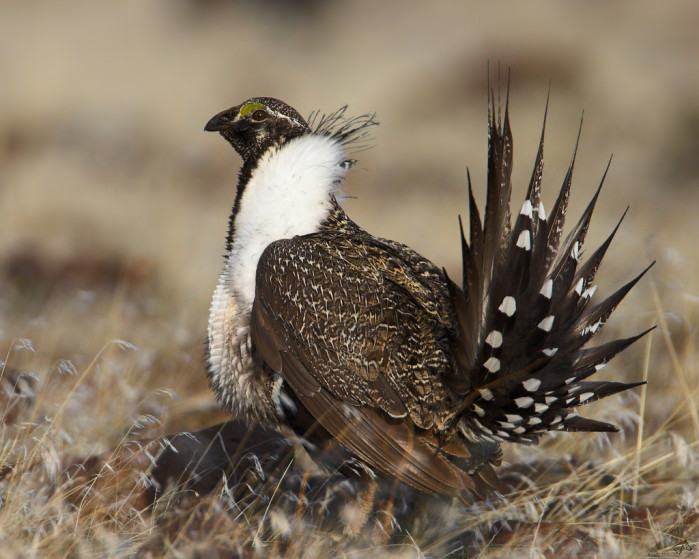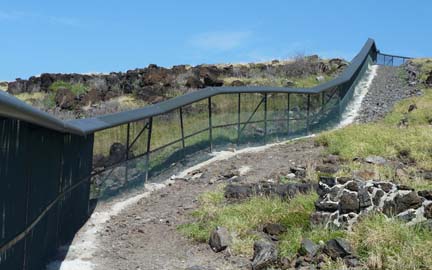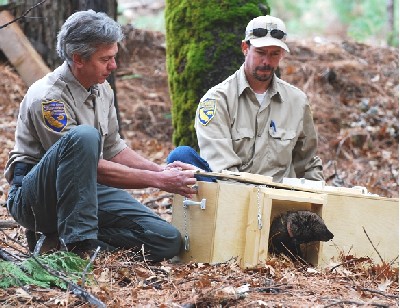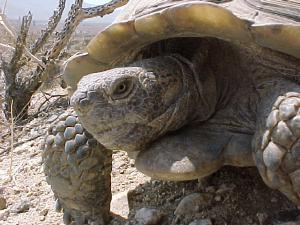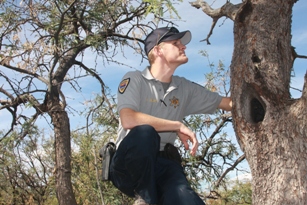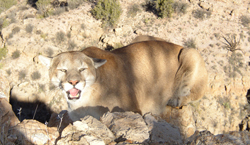It’s pretty rare to see a newspaper editorial praising a state wildlife plan, so we wanted to make sure that you saw this one, in the Casper Star-Tribune earlier this week.
The editorial notes that the feds are pleased too, quoting Secretary of the Interior Ken Salazar at the sage grouse summit in Cheyenne last week: “We see Wyoming as a template for how we address the challenges the sage grouse is facing.”
It also notes that pleasing the feds has some benefits. Wyoming has received $17 million in federal funding (through the US Dept. of Agriculture) to conserve critical sage grouse habitat.
Read the entire editorial in the Casper Star-Tribune, here.
See State Wildlife Research News’ previous coverage of Wyoming’s sage grouse management plan, here. It includes a link to more detail about the plan itself.
Photo: Greater sage grouse by Stephen Ting. Courtesy US Fish and Wildlife Service.

